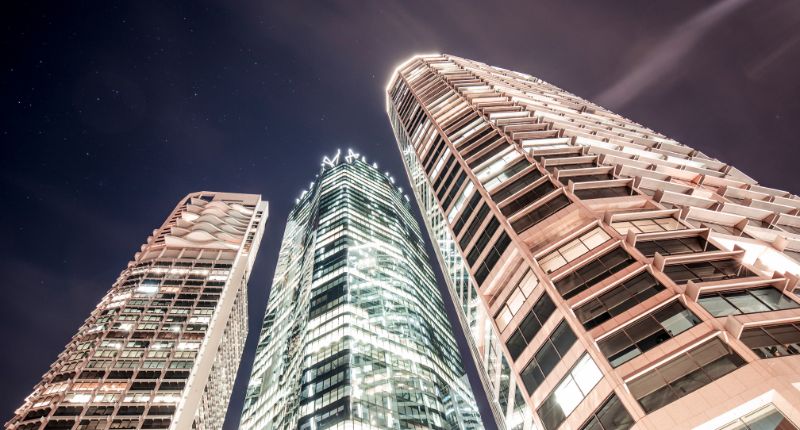
- Flight-to-quality trend observed internationally.
- Post-Covid era has seen prime markets rebound at the expense of secondary markets.
- Melbourne is behind, with a fall in occupancy across prime and secondary markets.
Australia’s prime office market is bustling, with businesses increasingly flocking to Premium and A-grade offices. However, according to Ray White‘s latest commercial property update, this move comes at the expense of the secondary market, comprising B, C and D-grade offices, where vacancies are rising.
Flight-to-quality and the multi-speed market
The unprecedented COVID-19 pandemic has left lasting changes in how Australians view work.
With work-from-home gaining more acceptance throughout the worst parts of the pandemic, which saw public health mandates and lockdowns prevent workers from congregating at the office, businesses have realised that they needed to rethink how they use the workspace.
The demand for office space dropped, and some businesses downsized their offices, sub-leased extra space, or adapted their working conditions to allow for more flexibility.
Others moved to a brand-new, high-quality office to reinvigorate the office experience and entice staff to return to the workplace.
Hence, experts have said that Australia is now undergoing a multi-speed market, where demand is centred around prime markets, with secondary markets suffering.
This paradigm shift is not merely confined to Australia, it is a trend that is happening globally. New York vacancies have moved past 20%, while Toronto vacancies have grown to about 15%. London and Berlin also have high vacancies at levels under Australia’s, while Asian markets like Tokyo and Hong Kong have started to turn the corner.
Notably, prime leasing contracts make up around three-quarters of all transactions globally, illustrating that the flight-to-quality trend is real and a global issue.
Office vacancy by quality grade

The latest Property Council of Australia Office Market Report’s breakdown of markets by grade has highlighted varied results.
Queensland has been the top performer of 2023, with Brisbane’s Central Business District (CBD) being one of a handful that have posted vacancy declines.
Brisbane’s fringe had the highest non-CBD adoption, while Gold Coast has the lowest vacancy rate nationwide.
Vacancy rates only tell part of the story
Surprisingly, Brisbane’s CBD had a prime vacancy higher than its secondary market, 12.5% compared to 10.4%, respectively. However, it is essential to note that this data point does not account for the robust adoption of space in the CBD over the past year— 52,543 square metres (sqm), surpassing the secondary market take-up.
Queensland and Western Australia’s rising population growth is credited for the increased activity in both office markets, with positive take-ups in both quality grades, unlike the other capital cities. Nonetheless, most of this activity is confined to prime areas, giving further evidence of flight-to-quality.
Australia’s flight to quality is real

Both prime and secondary vacancies in Sydney’s CBD were close, at 11.4% and 11.7%, respectively. Looking at the annual office net absorption data, though the space absorption in Sydney’s markets has not pushed the vacancy rate down significantly, it is evident that the flight-to-quality pattern has emerged when comparing the absorption of prime and secondary markets.
Another factor affecting the vacancy rates is the uninterrupted fresh supply of new top-grade assets into the market, which has not given the market a chance to reset post-COVID-19.
Uncertainty looms over Melbourne’s future
Struggling for quite some time now, it comes as no surprise that Melbourne’s CBD was the worst-performing major office market, the only region experiencing a drop in occupancy in its prime and secondary market.
The market has not recovered from the effects of the pandemic lockdowns, and its future remains uncertain, with a high volume of supply set to hit the market with only partial precommitments.
The last 12 months have seen Melbourne’s CBD drop 90,000 sqm worth of tenancies, 70% belonging to secondary assets.
This brings to question what secondary assets can do to remain competitive.
One solution has been to ‘green’ ageing older stock, turning them into competitive, A-grade sustainable assets. However, it remains to be seen if this is a scalable solution for all of Australia’s lower-grade office assets.







